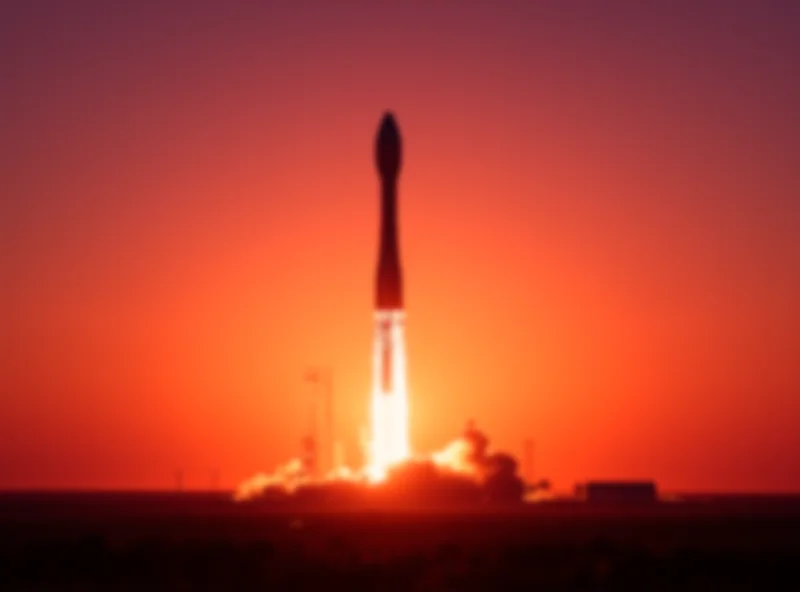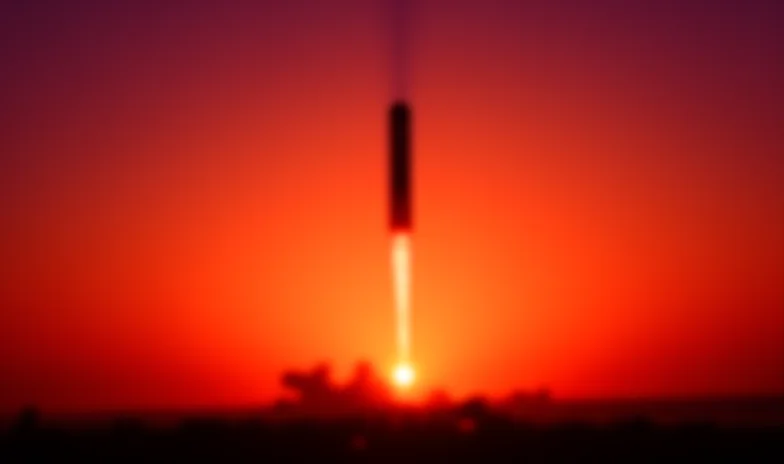SpaceX continues to push the boundaries of space exploration, but recent developments highlight both the exciting possibilities and the growing challenges of increased activity in Earth's orbit and beyond.
Back to the Moon
A SpaceX Falcon 9 rocket recently launched the lunar lander 'Athena,' built by Intuitive Machines, from the Kennedy Space Center in Cape Canaveral, Florida.  This mission aims to search for ice on the Moon, and includes a device from Germany. This marks another step towards renewed lunar exploration, driven by both governmental and private initiatives.
This mission aims to search for ice on the Moon, and includes a device from Germany. This marks another step towards renewed lunar exploration, driven by both governmental and private initiatives.
Adding to the international collaboration, Germany's Atmos Space Cargo is preparing to test its Phoenix capsule on SpaceX’s Bandwagon 3 mission. The Phoenix capsule is designed for efficient cargo return from space. It will carry biomedical experiments and a radiation detector, using an inflatable atmospheric decelerator to streamline the return of space-manufactured materials.
Research in Space
SpaceX is also enabling cutting-edge research in orbit. In collaboration with Vast, they are seeking research proposals for experiments aboard the upcoming Haven-1 space station and SpaceX’s Dragon spacecraft.  The focus will be on human physiology in microgravity and autonomous experiments in low-Earth orbit. The Haven-1 station is slated to launch in August 2024, followed by a Crew Dragon mission carrying astronauts. Selected proposals will contribute to advancements in space research and exploration.
The focus will be on human physiology in microgravity and autonomous experiments in low-Earth orbit. The Haven-1 station is slated to launch in August 2024, followed by a Crew Dragon mission carrying astronauts. Selected proposals will contribute to advancements in space research and exploration.
Growing Concerns About Space Debris
However, increased space activity also brings challenges. Uncontrolled space debris entering Earth's atmosphere is a growing concern, posing a risk to aircraft safety. A study from the University of British Columbia indicates a 26% chance of debris collisions in high-traffic regions like the Northeastern US and Northern Europe.
"The risk of collision is real, and it's increasing as more objects are launched into space. We need to take this seriously," said Dr. Emily Carter, an aerospace safety expert.
Recent incidents, such as falling debris from SpaceX’s Starship 7, have heightened these concerns. Furthermore, the explosion of SpaceX’s Starship Flight 7 in mid-January has raised alarms among scientists about potential atmospheric pollution.  The upper stage detonated at 90 miles above Earth, potentially releasing significant amounts of metal oxides and nitrogen oxides that could impact ozone recovery.
The upper stage detonated at 90 miles above Earth, potentially releasing significant amounts of metal oxides and nitrogen oxides that could impact ozone recovery.
The future of space exploration is bright, but careful management of the risks associated with increased activity is crucial for ensuring the safety of both our planet and our journeys beyond it.
